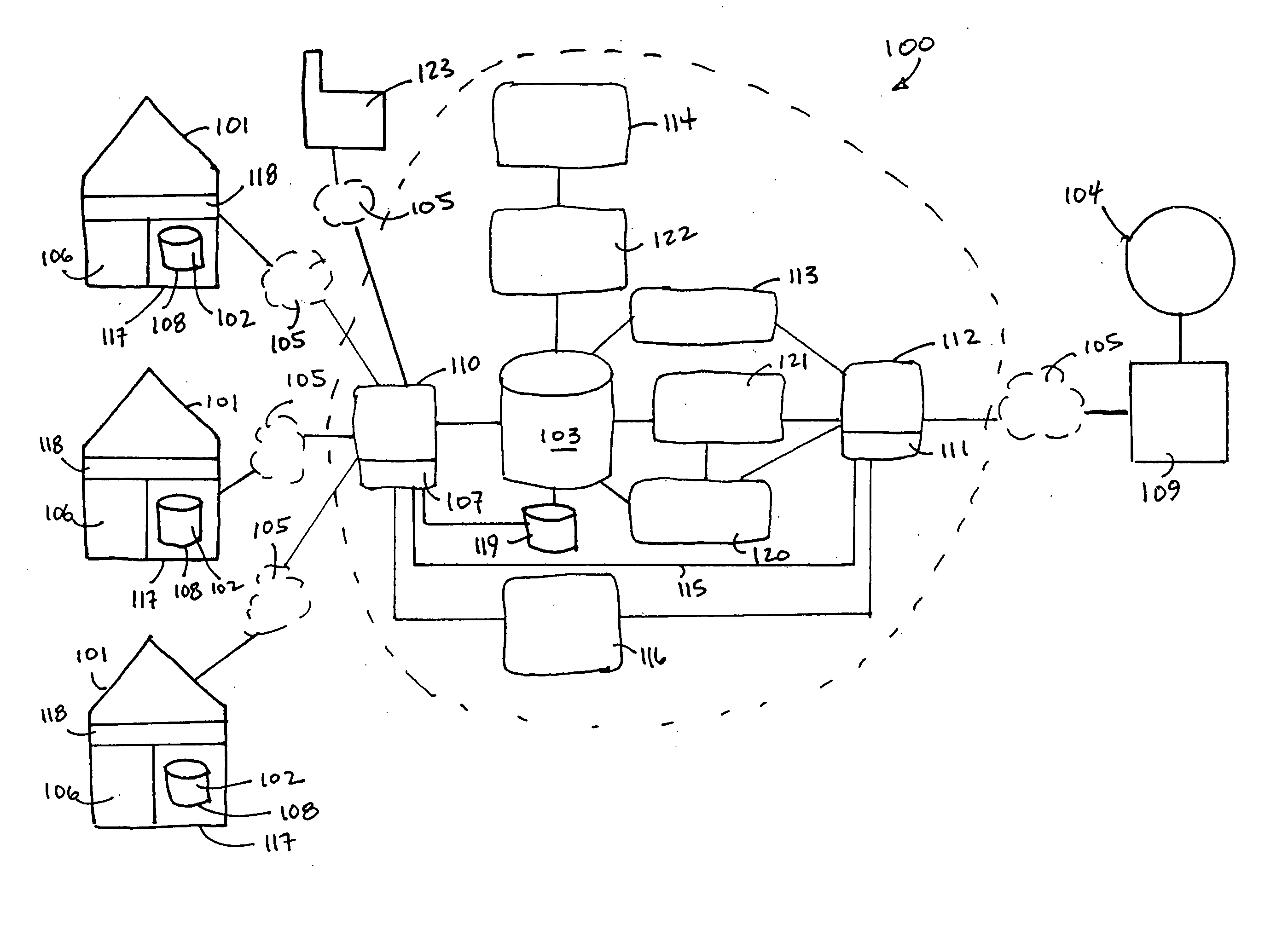Currently, for shoppers, the process of finding a product or service that they need in their local area is broken.
The methods that shoppers use to find these products or services are outdated and very inefficient.
This process presents a significant number of problems for shoppers, including: 1.
The
Yellow Page search method is also a very slow process and the shopper has only a limited chance of finding what he or she is looking for when he or she uses these store category association methods for finding a product or service.
The shopper will most likely not be exposed to all shopping options since there will likely be stores in the area that carry the item or service that the shopper needs, but since the store does not fit in the shopper's perceived category that would have the product or service, it does not get considered by the shopper.
This also limits the shopper's likelihood of being exposed to all of the price options.
It is very time-intensive for the store employee who receives a call from a shopper to go look for and describe an item to the customer, so they will usually not verify the inventory of a product in the store or will verify it incorrectly.
The Yellow Pages shopping method also presents an additional problem to the stores since many stores will have inventories of products and services that shoppers would never imagine (because they are outside the customer's perceived category for the store) would be available in the store, so the products or services will not sell in an efficient manner (thus tying up business capital and sitting “on the shelf” as unrealized revenue opportunities for the merchant).
Similar to the web-formatted
Yellow Page directories, there are other web directories of businesses such as Vindigo, CitySearch or Kiosks that may be located at a mall, but these business directories do not help shoppers search the
local current inventories of products and services.
Considering that most small businesses are significantly strapped for resources and do not have any significant knowledge or desire to manage their own
web site, this is not a viable solution for most small businesses.
Plus, the
inventory management systems of the
web site storefronts do not take into account the likely
scenario that the business will sell products out of its physical store to customers who visit the business locally, so this results in web orders being accepted for products that are currently out of stock.
The number one reason that
web site storefront solutions have failed with small business customers is that just launching and maintaining
a site is not good enough unless significant traffic is being driven to the site.
Web site hosting companies do not have the skills or resources to drive traffic to their customers' sites and the small businesses definitely do not have the ability to drive their own traffic.
More importantly, the web site storefront
software solutions are only focused on the web channel and are completely disconnected from the businesses' desire to also sell products through their physical location.
Considering that these web site storefront solutions have no ability, even with the help of
Internet search engines, to match a local shopper with the available local inventory offering from businesses, there is no ability to drive local shopping with these tools.
eBay Stores and Amazon z-shops do not well serve physical store businesses because they only focus on the web channel and are completely disconnected from the businesses' desire to also sell products through their physical location. eBay and Amazon have no functionality to help shoppers on the web determine whether they can purchase the product listed from a local physical store. eBay and Amazon also do not automatically update inventory information from physical store locations.
Prior art search engines do not offer this functionality.
Since shopping comparison sites are basically a
customer acquisition tool for large web stores, there are no opportunities for physical store businesses to get their products merchandised through these channels.
These shopping directories also do not offer any functionality for shoppers to purchase a product locally.
LiveDeal'
s system does not have any inventory upload
automation, so LiveDeal's shoppers do not get any current localized inventory information from businesses that do not have a
web presence with updated inventory listings.
However, Channel Intelligence does not have an ability for businesses without a
web presence to have their products included in the web shopping interface presented by Channel Intelligence.
That means that web shoppers who use Channel Intelligence'
s system to try and find a product locally will be severely limited by not being given the product offerings of stores without a
web presence.
Channel Intelligence also does not offer the ability for shoppers to search locally for a product across many stores nor does it
handle any
web transactions for its sellers.
Channel Intelligence'
s system does not have any inventory upload
automation, so Channel Intelligence's shoppers do not get any current localized inventory information from businesses that do not have a web presence with updated inventory listings.
Channel Intelligence does not help shoppers find products that don't include a brand name.
So, searching for “
ankle weights” would not give the shopper any local shopping options.
 Login to View More
Login to View More  Login to View More
Login to View More 

